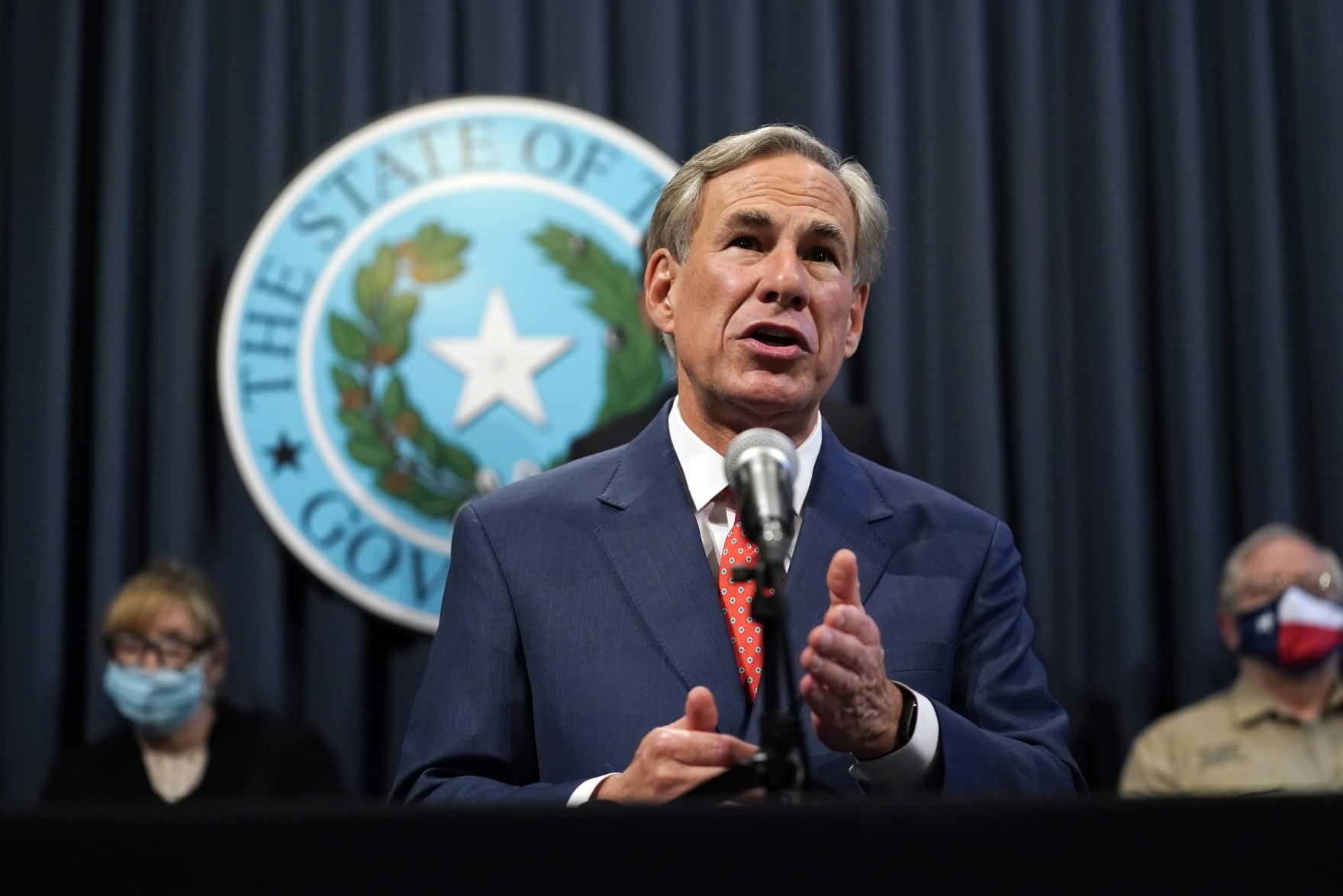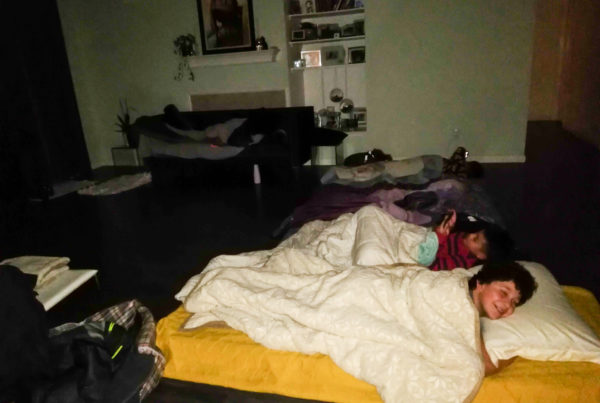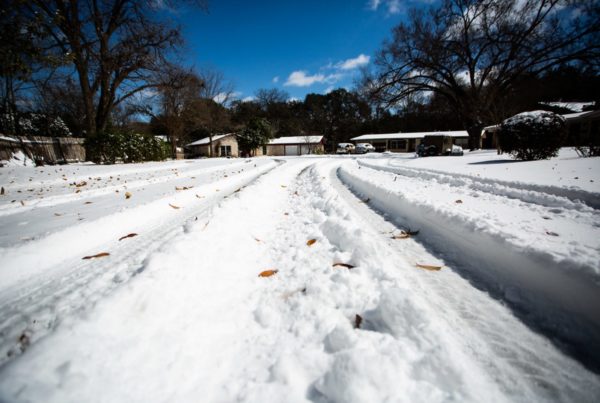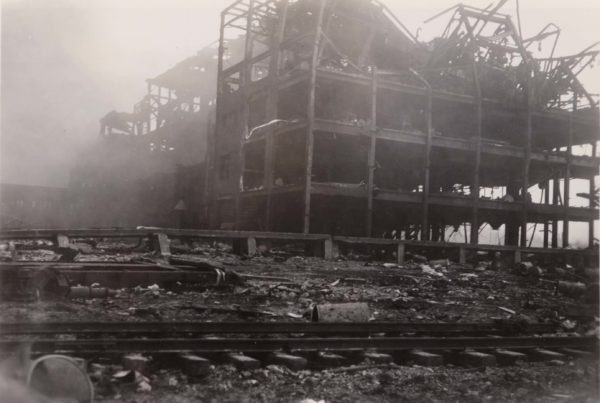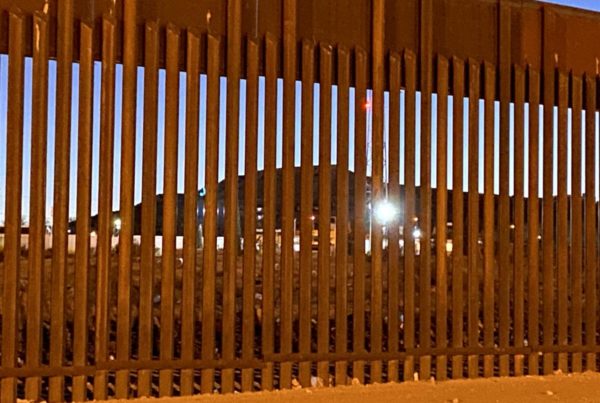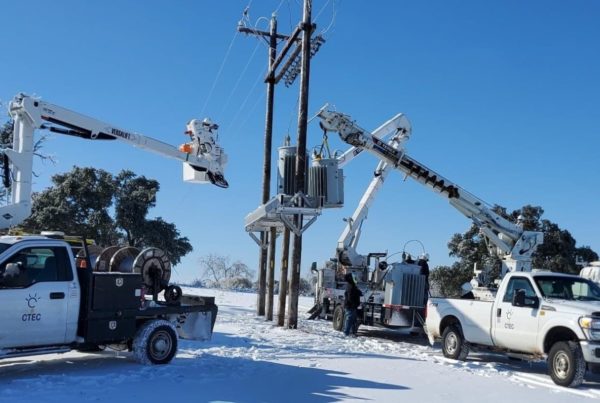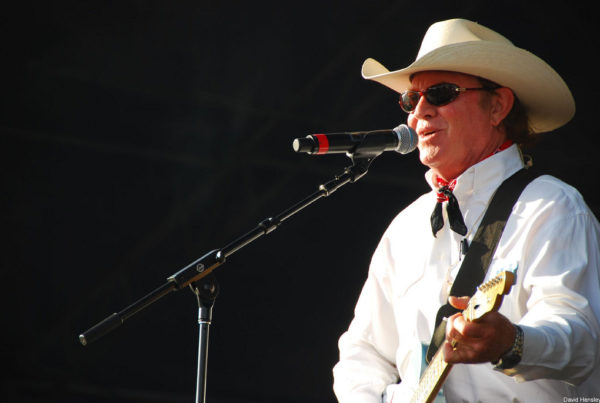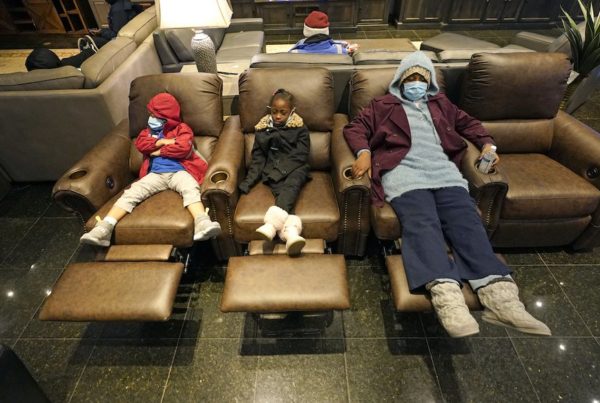From KERA:
Desiree Humphries’ home in Fort Worth lost power for multiple stretches last week, with each blackout lasting almost 20 hours. She got only short reprieves of a couple of hours, and when she did, she called her electric company.
“This is not a rolling blackout,” she told the company representative. “Why am I not getting electricity? I have pets, and I have a 71-year-old mother. We’re cold. We’re hungry. And we have no heat.”
Millions in Texas lost power for days during the almost week-long cold snap. Humphries craved information, and didn’t see much coming from Texas’ governor, Greg Abbott.
“I didn’t see him but maybe once or twice on Facebook,” she said. “I definitely didn’t see him on any of my news sources.”
Abbott is set to address the state tonight about the ongoing recovery from the storm and power outages, but a lack of communication during the first few days of the event drew criticism from political opponents and left some constituents searching for answers.
Ahead of the bad weather swooping into the state, the governor gave a statewide press conference on Saturday Feb. 13. He talked about the expected cold temperatures, as well as the potential for dangerous road conditions and power outages due to demand exceeding supply.
Abbott didn’t do a similar statewide press conference until the following Wednesday.
By Monday Feb. 15, President’s Day, millions of Texans like Humphries didn’t know what was happening.
Dan Woodfin, senior director of system operations of the Electric Reliability Council of Texas, which manages the state’s electric grid, didn’t say how long the outages would last.
“It depends on the transmission owner. They’re the ones that are really in control of that,” he said on a call with reporters.
People sought information from their power companies, who said ERCOT required them to shut off power. Abbott gave interviews with local television stations. On Tuesday Feb. 16, he called for an investigation of ERCOT.
But his most high-profile media appearance in the early days of the storm was on Sean Hannity’s show on the Fox News Channel that Tuesday night.
This is the beginning of his answer to the first question: “Sean, this shows how the Green New Deal would be a deadly deal for the United States of America.” In the interview, Abbott chose to misleadingly blame renewable energy for the power outages. He later backed away from the claim, as the appearance was widely criticized.
“People are not concerned about, you know, renewable energy or anything else,” said George Haddow, who was a senior official at the Federal Emergency Management Agency during the Clinton Administration. He’s now at Tulane University’s Disaster Resilience Leadership Academy.
“What they want to [know] is, ‘how are you helping me? What’s going on? What’s happening? Why are my lights out? When are they coming back on?’ All these things. People are not interested in his political agenda.”
Haddow said a leader’s main goal through a disaster — start to finish — is to give people timely and accurate information through many platforms.
Abbott’s personal Twitter account did give some ERCOT-related updates in those early days of the crisis, as did his campaign’s Facebook account. His official governor’s Twitter account had one storm related retweet between Sunday Feb. 14 and Tuesday Feb. 16. On Facebook, the account for Office of the Governor Greg Abbott had one post from Feb. 14-16: wishing followers a Happy President’s Day.
The Texas Division of Emergency Management, which handles emergency response, has Facebook and Twitter accounts that posted links to a map of warming centers and warning people about road conditions.
Yet many people don’t use social media, and televised press conferences meant for a statewide audience get more widespread coverage.
“I don’t know why the governor would not choose to be on TV in the morning, in the mid-afternoon and at night every day of this event,” Haddow said. “Why not? There’s information to be given.”
Abbott press secretary Renae Eze said the governor maintained a robust media presence early on through 25 interviews on individual local television stations.
“Monday he started doing interviews around three o’clock [p. m.] and kept going through until the six o’clock hour, hitting Dallas, Austin, Midland, San Antonio, Houston, just kind of across the state,” she said. The interviews continued the following day, Feb. 16.
“So he continued to have a statewide presence throughout this.”
Abbott began regular statewide press conferences on Wednesday the 17th. His official governor’s Twitter account and official Facebook account also increased storm-related posts starting that day.
Early on in disasters, there can be a lack of information to deliver. Yet updates still have value, according to Chris Jones, senior vice president at Pierpont Communications.
“It is a good quality in a crisis leader to tell you what I know, but I’m not going to speculate what we don’t know, and I’m not going to promise you a solution before we have one,” Jones said. “That’s just sort of a basic principle of crisis communications.”
For her part, Humphries doesn’t blame Governor Abbott for the state’s response to the winter storm. She said he did his best with what he had, although his best could’ve been better.
“They just need to make the public a little bit more aware, and come back and say ‘hey, we don’t have anything yet but we’re still working on it, folks.’ Don’t just leave us all out in the cold,” she said.
“At one point I did feel like nobody was there.”
Got a tip? Email Bret Jaspers at bjaspers@kera.org. You can follow Bret on Twitter @bretjaspers.


